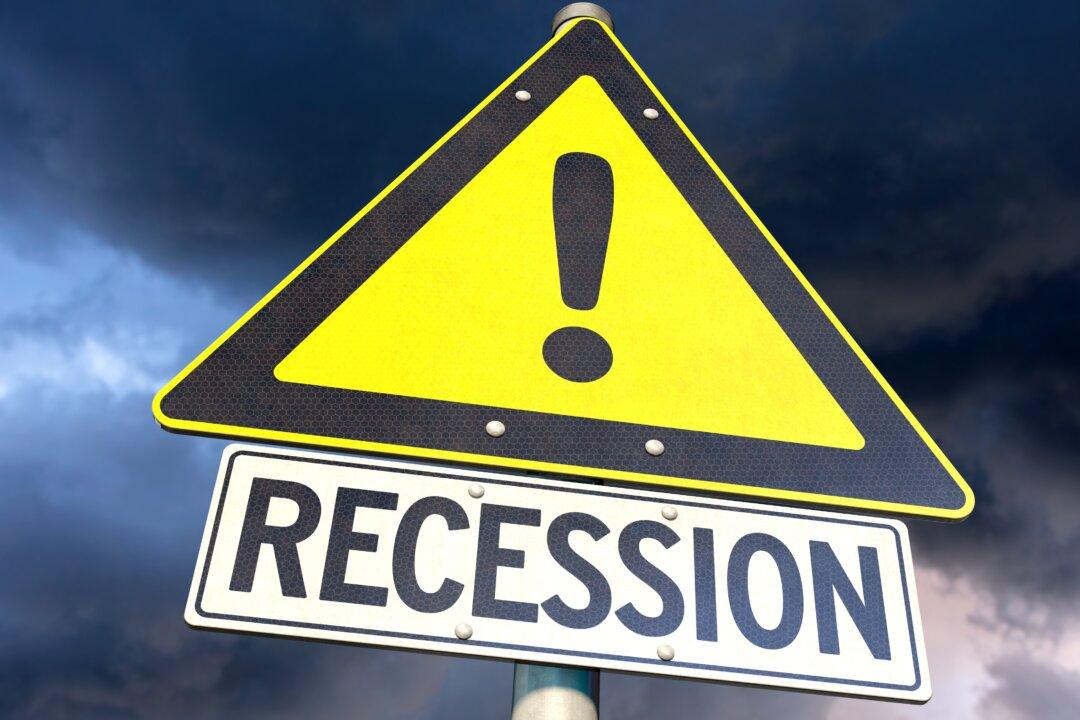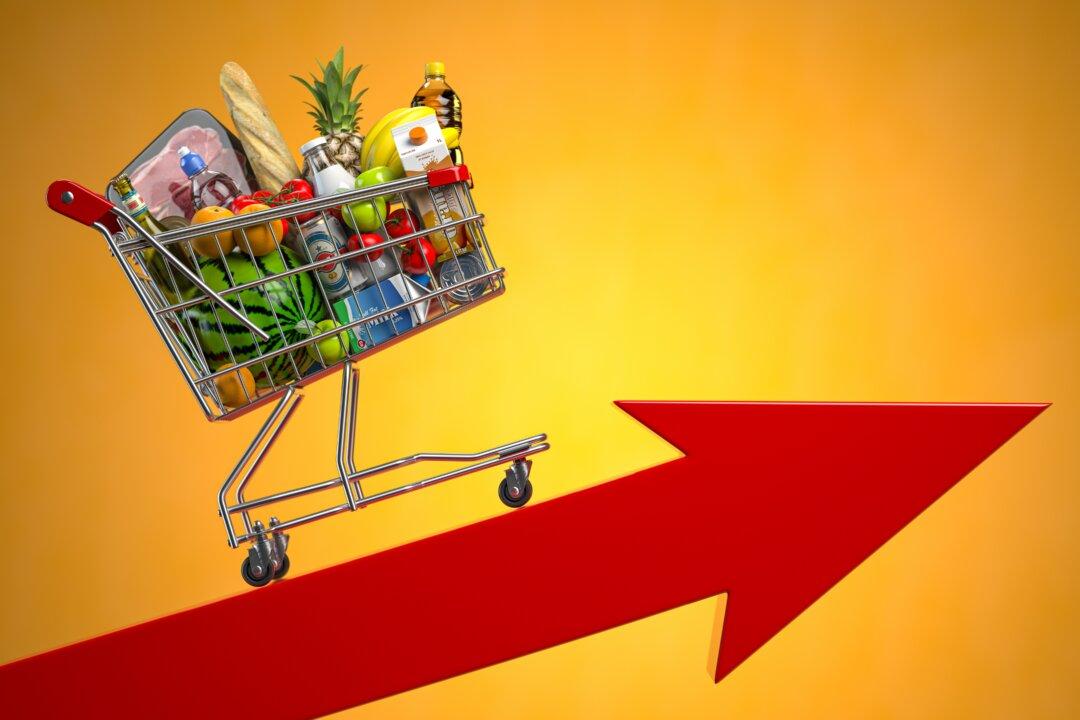Commentary
Sure, you can say that only a few people are openly talking about one. The latest headline from the World Bank adds to a small list of official warnings. Everyone else in authority remains relatively sanguine, at least outwardly. But that’s how these things start.





